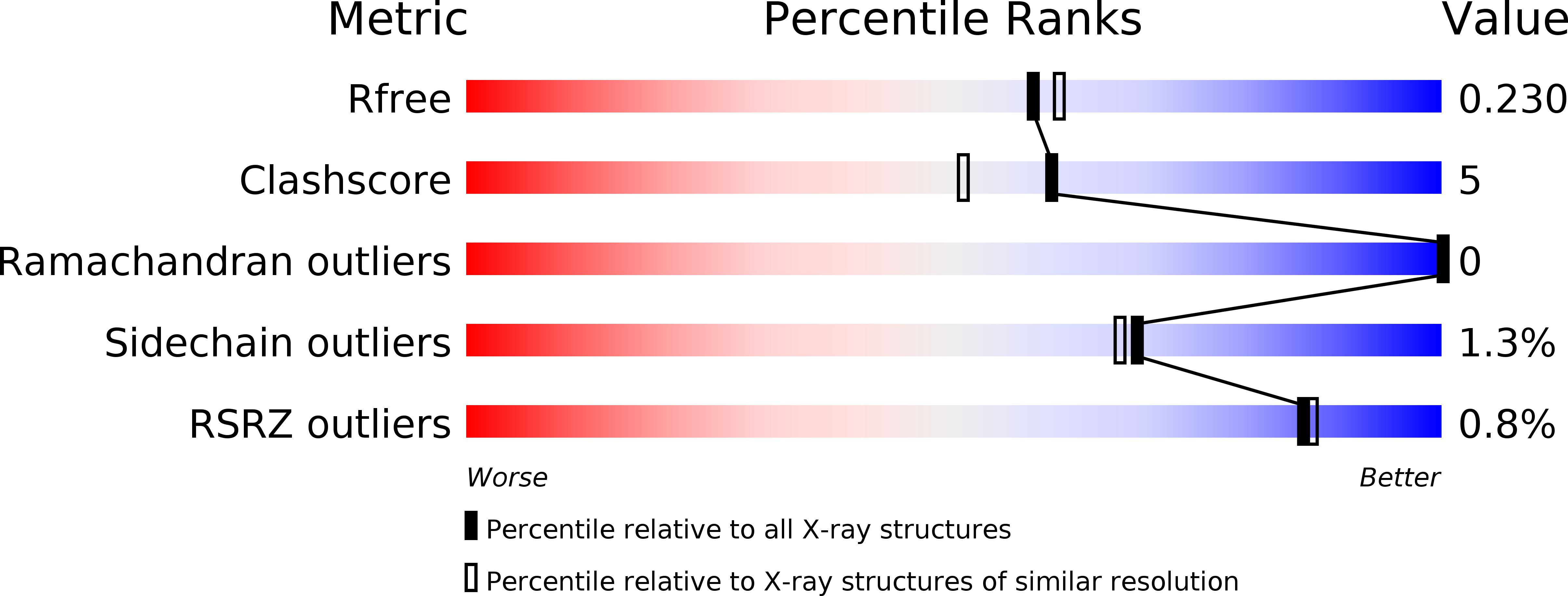
Deposition Date
2017-10-31
Release Date
2018-02-14
Last Version Date
2024-11-13
Entry Detail
PDB ID:
6BI0
Keywords:
Title:
Trastuzumab Fab N158A, D185A, K190A (Light Chain) Triple Mutant.
Biological Source:
Source Organism:
Homo sapiens (Taxon ID: 9606)
Host Organism:
Method Details:
Experimental Method:
Resolution:
2.06 Å
R-Value Free:
0.22
R-Value Work:
0.19
R-Value Observed:
0.20
Space Group:
P 1


